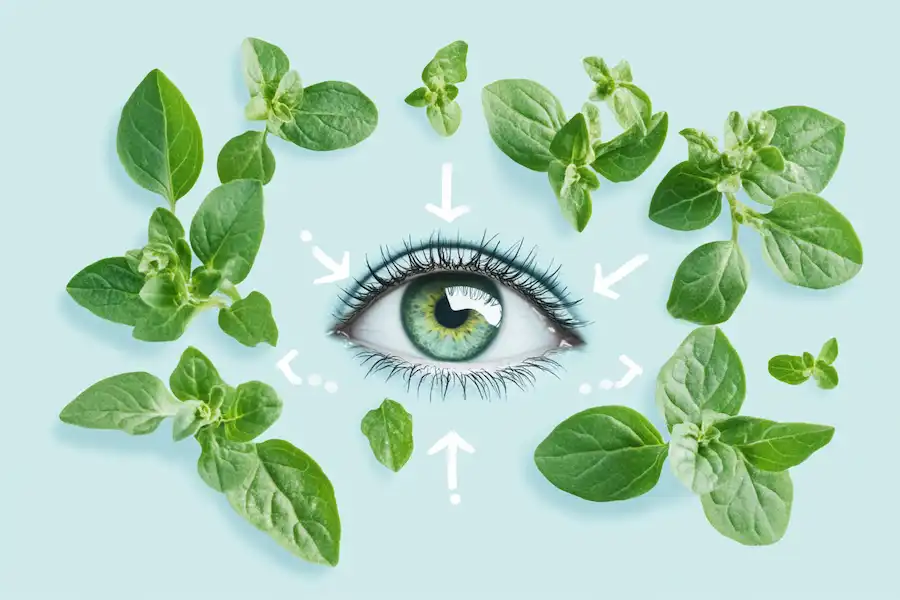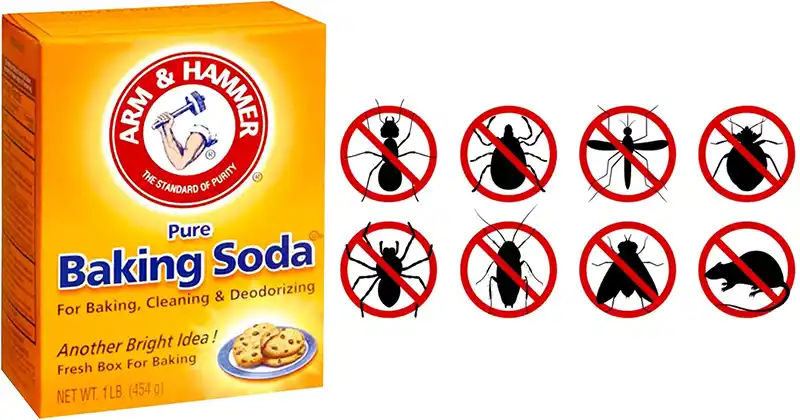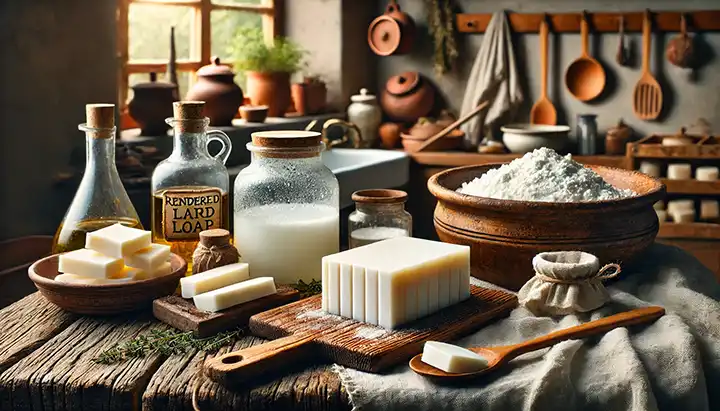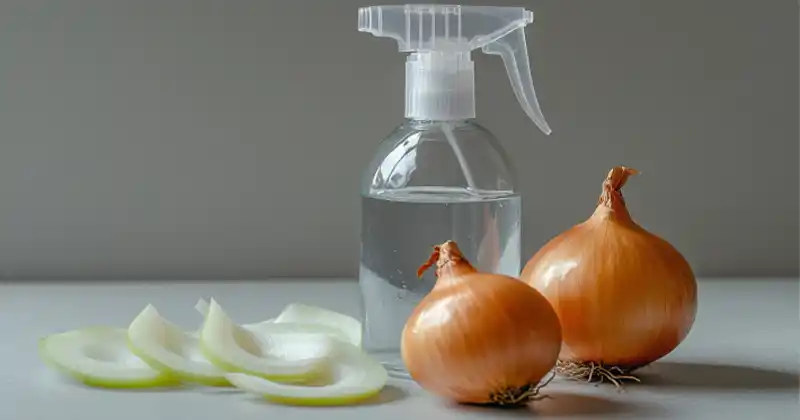Fridge isn’t freezing? see the main causes and what to do about it
What is a fridge for, if not for freezing or cooling the temperature of your food? That’s it’s main purpose! And when the refrigerator does not freeze, it obviously loses its main function. But that doesn’t mean you should get rid of the appliance, at least not yet.
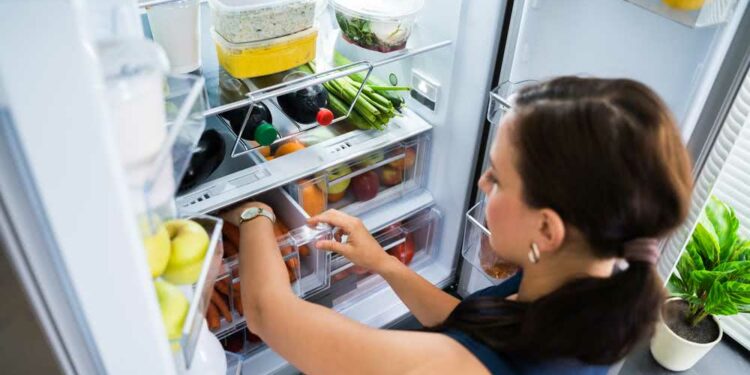
Refrigerator does not freeze: main causes and what to do
Bad socket contact
It may seem silly, but believe me: a poorly fitted plug in the socket could be the reason behind your fridge not freezing properly.
The solution? Just plug in the plug the right way. Take advantage and make sure there are not too many electros plugged into the same outlet.
It is common to use switches and adapters capable of connecting three to four electrical appliances at the same time and this can cause an overload in the electrical network or cause the electronics to simply stop working as expected.
Open door
Another silly reason that could be preventing your fridge from working is a bad door closing. The inside of the refrigerator cannot come into contact with the ambient air, this causes it to stop freezing.
The solution you can already imagine: just close the door correctly. Sometimes a poorly placed bottle or a vegetable drawer that is not properly seated can be in the way of closing the door. So, before calling technical assistance, it is worth noting this small but relevant detail.
Inadequate temperature
Inadequate temperature is one of the big reasons that may be causing your refrigerator to stop freezing.
The math behind this story is simple: the more food stored in the fridge, the colder it must be, that is, the fridge thermostat must be regulated so that cold air circulates evenly inside the fridge.
What happens most of the time is the false idea that the less the refrigerator cools, the more energy it will save. But that’s not true, especially when it’s full, since the engine will have to work harder to keep cool all the internal space.
The temperature of the external environment also interferes in this aspect. On very hot days, the internal temperature of the refrigerator must be reduced, unlike in winter, when the thermometer of the appliance can be adjusted to slightly higher temperatures.
Worn rubber
The sealing rubber can also be among the reasons your refrigerator is not freezing. Over time, it is natural for this rubber to wear out, dry out and even come off the door.
This makes the air go out easily and, at the same time, the outside air enters the fridge preventing it from cooling down.
The solution for this case is also simple and only requires changing the sealing rubber. Before buying the rubber, check the right model of your refrigerator.
You can do this yourself, as the replacement process is simple, but if you prefer, call technical assistance.
Dirty condenser
Some refrigerator models, especially older ones, have the condenser on the back of the device, just behind the grill. The condenser, similar to tubes, is responsible for distributing the gas from the refrigerator causing it to cool.
But if these tubes are clogged by dust accumulation or objects, such as cloths, for example, gas distribution is impaired and this can prevent the refrigerator from freezing.
To solve this problem, unclog the condenser and clean it periodically with a clean cloth slightly dampened with water to prevent dust from accumulating and preventing the appliance from freezing.
Thermostat
Have you checked that the fridge thermostat is working properly? The thermostat regulates the temperature and if it is defective, your refrigerator may also stop freezing, since the temperature change will not happen properly.
First, make sure it is set to the correct temperature for your refrigerator. If everything is ok and the appliance still doesn’t freeze, it could be that the thermostat is burned out or, due to some sudden movement or change of place, the wire has broken.
In these cases, the most recommended thing is to resort to technical assistance to evaluate the problem.
Burnt resistance
Every refrigerator has a cold plate that is activated when the condenser turns off. This plate prevents the formation of ice crusts inside the appliance. However, when the resistance inside it burns, this process is interrupted, causing the exchange of air between the inside and the outside to not happen and, thus, the refrigerator stops freezing.
The solution is to change the resistance, but for that it is important to have technical assistance.






